Benefits of Remote Monitoring of Sewage Pumping Stations
Overview: This case study will show the benefits of a remote monitoring solution in a municipal sewage lift station application. The station monitored was a Duplex Lift Station with ongoing failures.
Category: Case Studies September 28, 2023
Intended Audience: Wastewater. Intermediate.
Objective: The intent was to set up real-time alarms to uncover the root cause of the failures, determine a resolution to the issue, and collect station data every ten minutes to prevent future troubles.
Description of System: The pump station is comprised of two sewage pumps installed in a twenty-foot-deep underground tank, using four float switches for level control. The pump control is cycle based (ON/OFF control). The station average flow is 60k gallons per day. The pumps are rated at 10HP, 240V, 3 phase, 26.0A, 300 GPM. The control panel is equipped with across-the-line starters (DOL). See Figure 1 for a detailed schematic of the pump. Ongoing failures at the station occurred over time with no apparent fatal outcomes. Eventually, the impact of the failures resulted in spills, causing a process emergency.
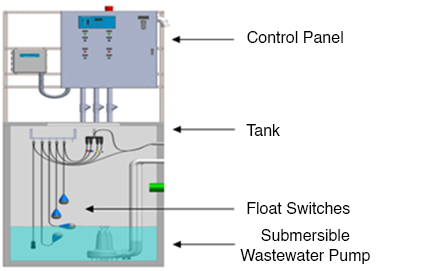
Figure 1: Schematic of Pump
Description of Intervention: The root cause was not initially obvious, but water infiltration was a likely candidate. As an interim step, city personnel drove to the station each day to manually record the hour-meter reading on each pump. These readings were used to estimate station flow to aid in the root-cause analysis. A remote monitoring solution was added to a series of stations to collect critical data and alert maintenance personnel on alarms to avoid spills. Customer-requested data was to be accessible in real time remotely via a web browser to ensure that preventative measures could be managed. The control panel was retrofitted with a cellular RTU (remote terminal unit) / cloud-based monitoring solution to monitor system conditions, collect data for analysis, and better understand potential failure modes and the root cause. See Figure 2 below.
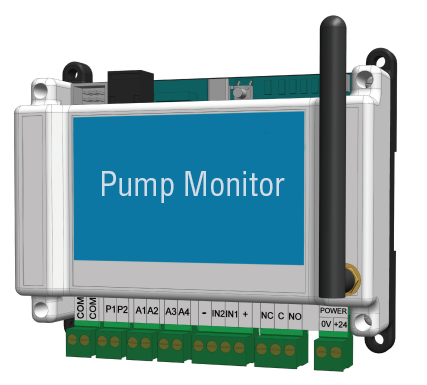
Figure 2: Example of Cellular RTU Retrofit Device
This is a monitoring-only system. There was no remote control, with the exception of the relay output used to silence the onsite audible alarm. The RTU digital inputs were connected to the controller panel key components, such as:
- The motor starters: to monitor pump run status/motor overload trip
- The voltage/phase monitor: to monitor phase loss or phase reversal of incoming power
- High-level alarm float switch: to monitor the level status when critically high at the station
- Additional analog inputs
- Motor amps: to monitor the current draw on each pump and alert when high or low (dry run)
- Station level: to monitor the level and in-flow based on volumetric calculations
Figure 3 below illustrates the wired input and out[puts of the RTU device.
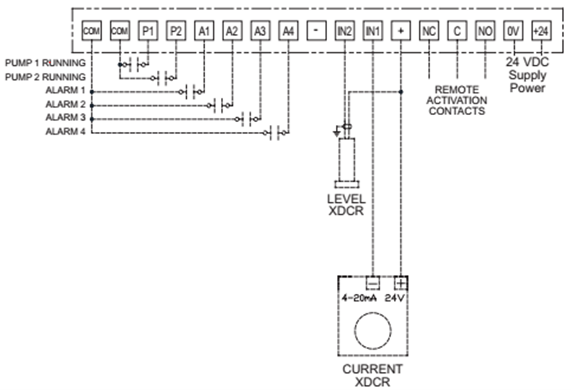
Figure 3: Cellular RTU Inputs and Outputs
Using the path detailed in Figure 3, the RTU was monitoring the following data:
- P1: Pump 1 run status: runtime, daily runtime, max cycle runtime alarm
- P2: Pump 2 run status: runtime, daily runtime, max cycle runtime alarm
- A1: Alarm 1 was set to detect Pump 1 overload trip status
- A2: Alarm 2 was set to detect Pump 1 overload trip status
- A3: Alarm 3 was set to detect a high-level condition from a float switch
- A4: Alarm 4 was set to detect a phase loss or reversal on the power line
- IN1: Analog input 1: Pump 1 and Pump 2 motor current monitoring, high current alarm, dry run alarm
- IN2: Analog input 2: tank level, station in-flow, Pump 1 discharge flow, Pump 2 discharge flow, high-level alarm, low-level alarm
- Relay output: Not used
The remote monitoring system is accessible through an online webpage dashboard. Users can log into the secure web portal to visualize the status of this station (see Figure 4). The user can also generate reports and configure alarm notifications from any PC or mobile device with a web browser and a connection to the internet without the need to install proprietary software. Daily flow reports can be generated on each pumping station to build an accurate hydraulic map. This data is critical for optimizing tank and pump sizes. This flexibility eliminates the need for the city personnel to drive to the site for manual data collection each day.
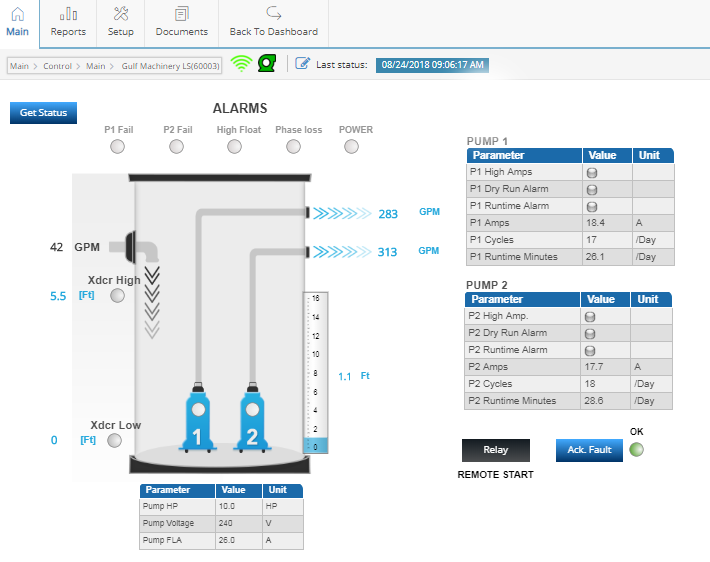
Figure 4: User Dashboard of System – Overview of Pump 1 and Pump 2
Challenges that were faced included:
- Installing and updating the existing system
- New technology adaptation and training
- Understanding the data and trends
- Understanding the correlation between rainfall and station operation
Summary of Results: Using the data from the IoT system, the plant operators discovered the root cause of the problem. As seen in Figure 5 below, the in-flow and daily runtime graphs clearly showed that several high in-flow events occurred during operation.
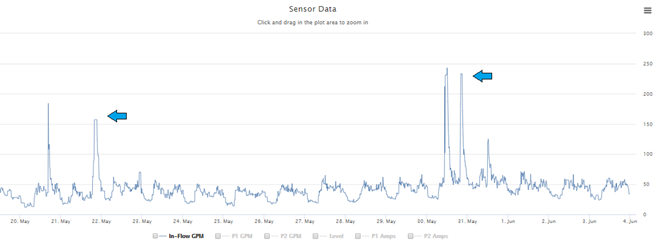
Figure 5: Blue Arrows Indicate Spikes in High In-Flow Events
From the accurate dates and times of the events, it was possible to trace the source of the problem to a nearby gas station/convenience store with several open clean outs that were flooded during record rainfall events. The pump runtime data confirmed a high in-flow condition. A Pump 1 max runtime fault was generated, and the users were notified via SMS and email. See Figure 6 below.

Figure 6: Pump1 Max Runtime Fault on May 21, 2018
Figures 7 and 8 below show the relationship between the device and the IoT System.

Figure 7: Chart of Runtimes in Minutes for Two Pumps
| Temperature | Actual | Historic Average | Temperature |
| High Temperature | 87 | 0 | 92 |
| Low Temperature | 73 | 0 | 62 |
| Day Average Temperature | 80 | 0 | – |
| Precipitation (Inches) | Actual | Historic Average | Record |
| Preciptiation | 1.83 | 0 | 1.83 |
Figure 8: Weather Summary for 5/21/2018 that Contributes
Conclusion: The addition of a remote monitoring solution at this pumping station enabled the city maintenance staff to pinpoint the source of the water infiltration. They were able to fix the problem and avoid costly spills. The city subsequently installed RTUs on all of their wastewater pumping stations and are now able to get a complete view of all their stations at any time. The health of each station can be monitored and the maintenance crew alerted prior to spills. Remote station monitoring has been a valuable tool for the city and enabled them to better utilize their resources.
Written by:
Julian Atchia, Vice President of Research & Development, SJE Inc.
Nicole George, Area Sales Manager, OEM Chicago North American Sales, Electrical Sector, Eaton.
Published In: Internet of Things Solutions for Pumping Systems Guidebook
Year of Publication: 2023
SUBSCRIBE TODAY
Get the latest pump industry news, insights, and analysis delivered to your inbox.
